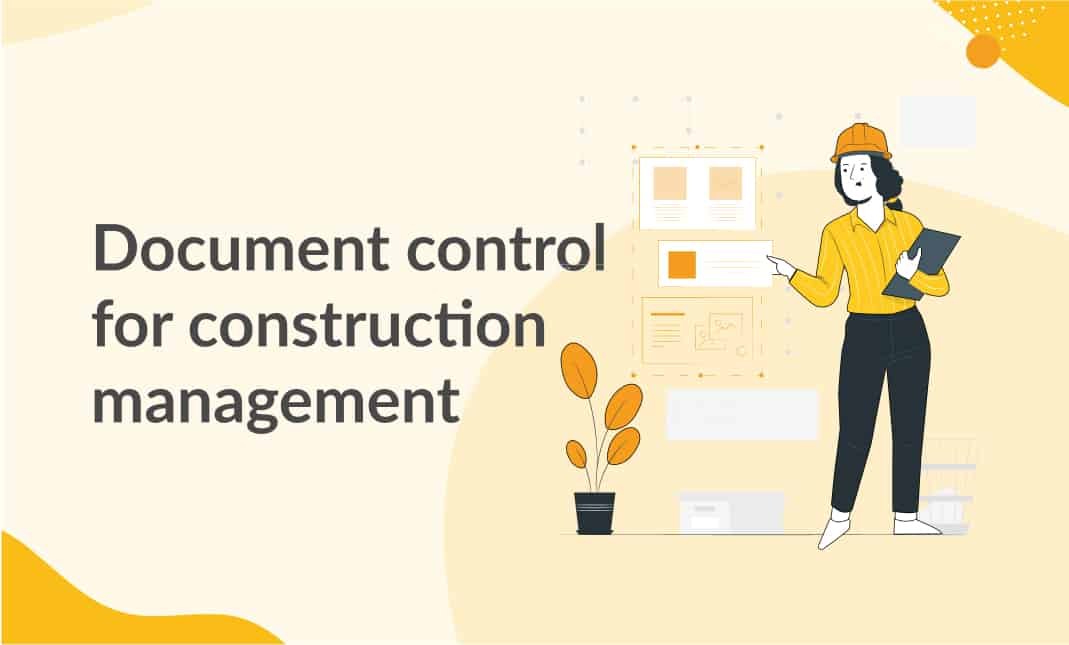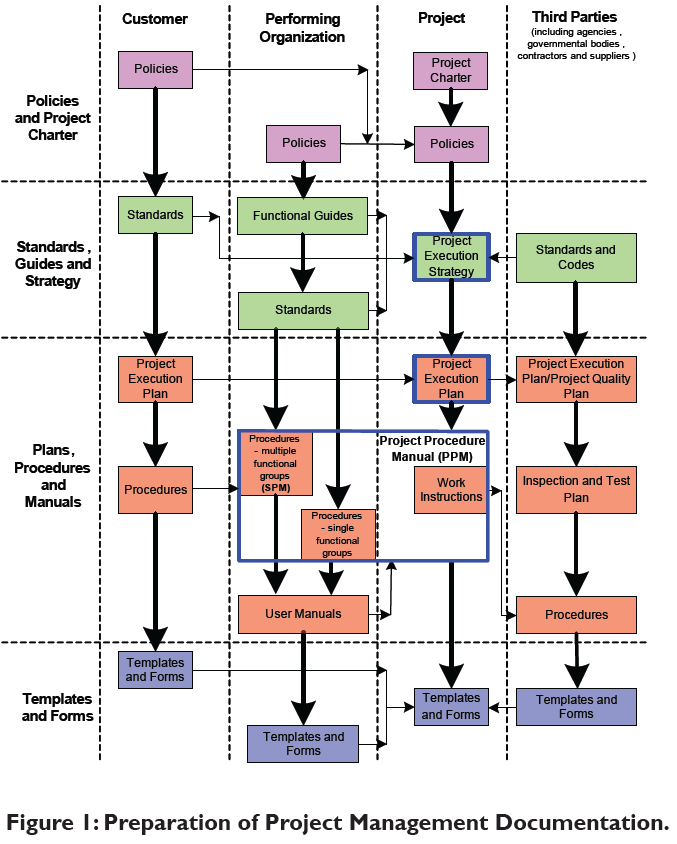From Mayhem to Control: Utilizing the Prospective of Construction Document Management
From Mayhem to Control: Utilizing the Prospective of Construction Document Management
Blog Article
Achieving Seamless Project Delivery: Designer's Comprehensive Technique to Building And Construction Record Administration
In the realm of style and construction, the precise orchestration of project elements is vital to success. One essential element typically ignored is the management of construction documents, which functions as the foundation of every task. construction document management. As designers navigate the intricacies of style, sychronisation, and execution, a detailed method to document monitoring emerges as a linchpin for attaining seamless task shipment. By exploring the subtleties of this procedure, uncovering the important components, and checking out innovative technical services, engineers introduce a pathway in the direction of increased efficiency and cooperation within job teams. The fusion of collaboration, modern technology, and precision creates the foundation of a successful building undertaking, raising the relevance of a structured document monitoring method.
Relevance of Building And Construction Record Monitoring
Effective building file management plays an important role in ensuring project success by facilitating smooth interaction and company throughout the building process. By maintaining up-to-date and exact building and construction records, engineers can properly communicate with contractors, subcontractors, and other stakeholders associated with the job. These papers work as a reference factor for all events, ensuring that everybody is working from the same collection of details and reducing the probability of misunderstandings or errors.
Moreover, building and construction document management helps architects remain organized by supplying a central area for all project-related details, consisting of drawings, specifications, agreements, and document. This company enhances the decision-making process and allows for quick access to essential job details when needed. In addition, appropriate file management can improve job performance, decrease expensive hold-ups, and inevitably lead to the successful completion of building tasks. Engineers that focus on construction file administration established a solid structure for task success and show a commitment to providing high-quality results.
Crucial Element for Efficient Paperwork

Provided the crucial duty that organized and precise building and construction documentation plays in making sure task success, it is necessary to recognize key aspects that add to efficient documents management. First of all, concise and clear communication is extremely important. All stakeholders must comprehend the documentation needs and be able to gain access to and translate the details conveniently. Secondly, establishing standardized layouts and protocols ensures consistency across all job records. This consists of calling conventions, data structures, and modification control to avoid errors and confusion. Thirdly, normal testimonials and updates are vital to keep documents current and reflective of the task's development. This method helps recognize any kind of inconsistencies or modifications that need to be resolved immediately. Last but not least, applying a robust document monitoring system that permits version control, accessibility limitations, and audit trails greatly improves the organization and security of job documentation. By incorporating these crucial elements into building and construction paper management practices, designers can enhance procedures, decrease errors, and ultimately add to the successful distribution of projects.
Making Use Of Modern Technology for Document Organization
Leveraging innovative electronic tools and software systems contributes in enhancing the organization and access of building documents. Architectural companies can simplify their record management processes by executing specialized software application created for the building and construction sector. These devices supply attributes such as variation control, cloud storage space, and collective modifying abilities, allowing group members to service records simultaneously and ensuring every person has accessibility to the most up-to-date information.
One secret benefit of making use of modern technology for record company is the ability to produce a central database for all project-related documents. By keeping files in a safe digital setting, designers can easily look, fetch, and share details with stakeholders, lowering the danger of version problems or lost files. In addition, progressed software application services often include metadata tagging and indexing capabilities, permitting customers to classify records effectively and obtain them rapidly when needed.
Collaborative Methods With Job Teams
To enhance job end results, designers should embrace collaborative strategies when dealing with task groups to make certain smooth interaction and control throughout the building and construction process. Collaboration with task teams is important for architects to successfully handle construction projects. construction document management. By cultivating open interaction and teamwork amongst all stakeholders, designers can improve decision-making procedures, address possible issues proactively, and make certain that everybody is aligned with the project goals
Designers must develop clear lines of interaction with designers, service providers, clients, and other essential employee from the start of the job. Routine meetings, progress updates, and feedback sessions ought to be arranged to keep everybody informed and engaged. Making use of collective job management tools can likewise assist in real-time info sharing and file cooperation, boosting openness and effectiveness.

Ideal Practices for Record Variation Control

Verdict
To conclude, effective building and construction file administration is vital for achieving smooth task delivery. By concentrating on crucial elements such as cooperation, organization, and variation control, designers can ensure that all project teams are working from precise and current details. Making use of modern technology can enhance the paperwork process and improve general project efficiency. It is crucial for designers to implement ideal practices in document monitoring to efficiently browse the complexities of building projects.
Reliable construction record management plays an essential function in ensuring job success by facilitating smooth communication and company throughout the construction process. In addition, correct document management can improve job effectiveness, lower costly delays, and eventually lead to the successful completion of building and construction projects.To enhance project results, engineers have to welcome collaborative techniques when functioning with task groups to ensure smooth interaction and control throughout the construction process. Partnership with project groups is important for engineers click here for more to properly take care of building and construction tasks.In the realm of joint building and construction job administration, maintaining specific control over record variations stands as a crucial method for guaranteeing job stability and communication.
Report this page